Latest Posts
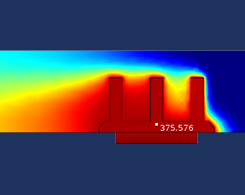
Using Annotation Plots in Your 2D and 3D Plot Groups
You can label the plots of your simulation results with names, comments, and values of quantities evaluated at specified locations. How? By adding annotation plots!
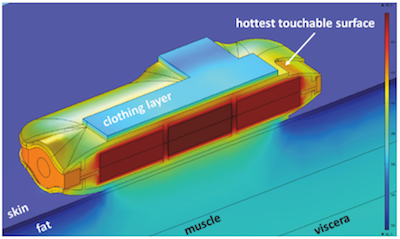
Design Safe Wearable Technology with Heat Transfer Modeling
Wearable technology is more than just fitness-tracking bracelets and smartwatches. It is important to consider heat transfer when designing wearables that are safe for consumer use.

Enhance Your Simulation Skills at COMSOL Days 2016
COMSOL Days are free events held throughout the year that will leave you ready to start using simulation and building apps with confidence. Get a preview of what to expect at a COMSOL Day event.
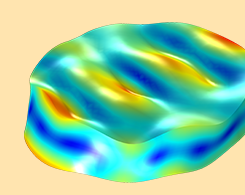
Piezoelectric Materials: Applying the Standards
Learn how to set up the orientation of a piezoelectric crystal, specifically an AT cut quartz plate, within both the IRE 1949 standard and the IEEE 1978 standard.
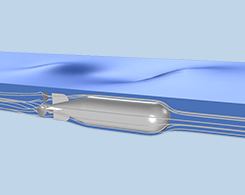
Free Surface Computations in Mixers and Rotating Machinery
Learn different approaches for performing free surface computations in mixers and rotating machinery using COMSOL Multiphysics® and the add-on CFD Module and Mixer Module.
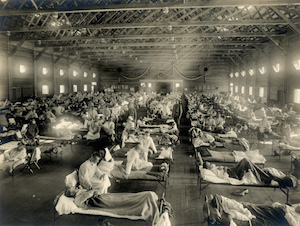
Analyze the Spread of Epidemic Diseases with Simulation
Did you know that public health officials use mathematical modeling techniques to study the flu and other infectious diseases to predict their spread and make informed decisions?
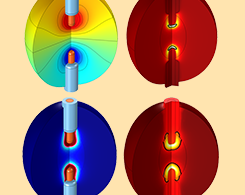
Study Radiofrequency Tissue Ablation Using Simulation
Killing cancerous cells, shrinking collagen, alleviating pain. These are just some of the medical purposes of radiofrequency tissue ablation, a procedure that relies on targeted heat.
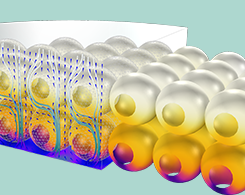
Protein Adsorption: Batch and Space-Dependent Modeling
We take you step by step through developing a detailed protein adsorption reactor model. We start with a simple, perfectly mixed batch reactor and move onto space-dependent modeling.
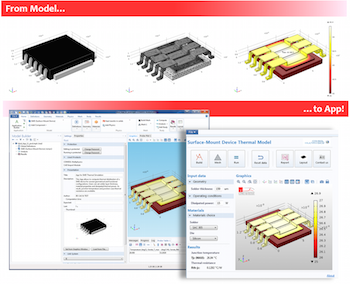
Designing Apps to Thermally Characterize Electronic Devices
A guest blogger from BE CAE & Test, a COMSOL Certified Consultant, discusses creating simulation apps to perform thermal analyses of electronic devices.
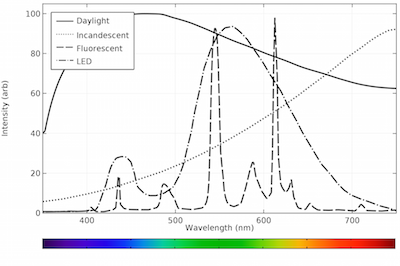
Calculating the Emission Spectra from Common Light Sources
We use COMSOL Multiphysics® to calculate the emission spectra of 4 common light sources: natural daylight, incandescent light bulbs, fluorescent light bulbs, and LED bulbs.
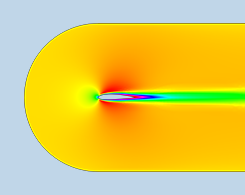
Optimize NACA Airfoil Designs with a Simulation App
You can design a simulation app to accurately compute lift and drag forces and optimize any airfoil following the NACA naming convention. Learn more and see an example demo app.
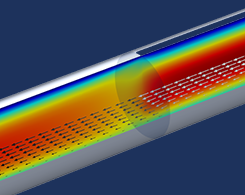
Analyze Thin Structures Using Up and Down Operators
Modeling complex geometries with thin structures can be very costly in terms of computational effort. Up and down operators are a way to efficiently and accurately compute these models.

Explaining the Pepper’s Ghost Illusion with Ray Optics
Pepper’s Ghost, the famous optical illusion used in theater and “hologram” concert performances, can be explained using ray optics. Learn more and see our homemade Pepper’s Ghost projector.
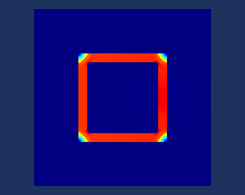
Model Magnetic Materials in the Frequency Domain with an App
Easily convert B-H or H-B curves into effective B-H or H-B curves using the Effective Nonlinear Magnetic Curves Calculator simulation app.
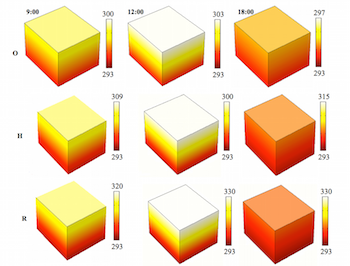
Analyze Solar Food Dryer Designs with Heat Transfer Modeling
You can use heat transfer simulation to analyze solar food dryer designs and identify optimal building materials, including phase-change materials, which conserve the solar heat.
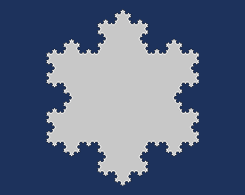
Using the Application Builder to Create a Koch Snowflake
The Koch snowflake is a well-known fractal, notable due to its simple, iterative construction process. Learn how to easily build this shape with the Application Builder in COMSOL Multiphysics®.
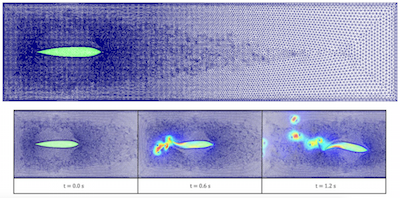
Studying the Swimming Patterns of Fish with Simulation
Researchers from the Università Roma Tre used simulation to study the carangiform swimming pattern of certain fish, the dynamics of which can be used to design aquatic vehicles and robots.

Simulating the Motion of a Self-Stable Bicycle
Did you know that modern bicycles are designed to be self stable? They’re good at keeping balance while moving uncontrolled. You can simulate this effect in COMSOL Multiphysics®.
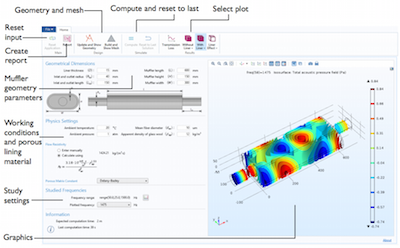
App: Ensuring the Efficiency of an Absorptive Muffler Design
We discuss a simulation app that lets engineers easily modify the dimensions of an absorptive muffler design, its ambient working conditions, and the material properties of the porous liner.

Designing New Structures with Shape Optimization
Get a comprehensive background on using shape optimization to design new structures, with the example of a classical beam thickness problem.

Using Simulation in the Race Against Corrosion
A German research institute and a well-known car manufacturer joined forces to investigate the corrosion occurring in automotive rivets and sheet metal. Get the full story.
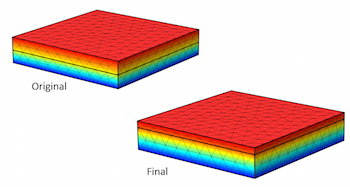
Changing the Dimensions of a Model Using Shape Optimization
If your model has a single objective function to be improved, a set of geometric parameters to be changed, and a set of constraints, you can find the optimal structure without any remeshing.
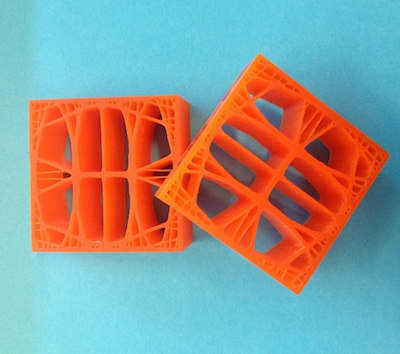
TNO Advances Virtual Material Design in 3D Printing
Researchers at the Netherlands Organization for Applied Scientific Research (TNO) are investigating how 3D printing can be applied to material design. Get the full story.
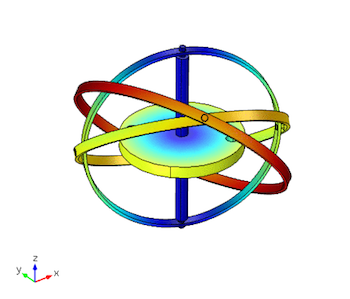
Modeling the Dynamics of a Gyroscope
Gyroscopes and spinning tops aren’t just old-fashioned toys. Using models of these 2 structures, we illustrate the remarkable properties of rotating bodies.
